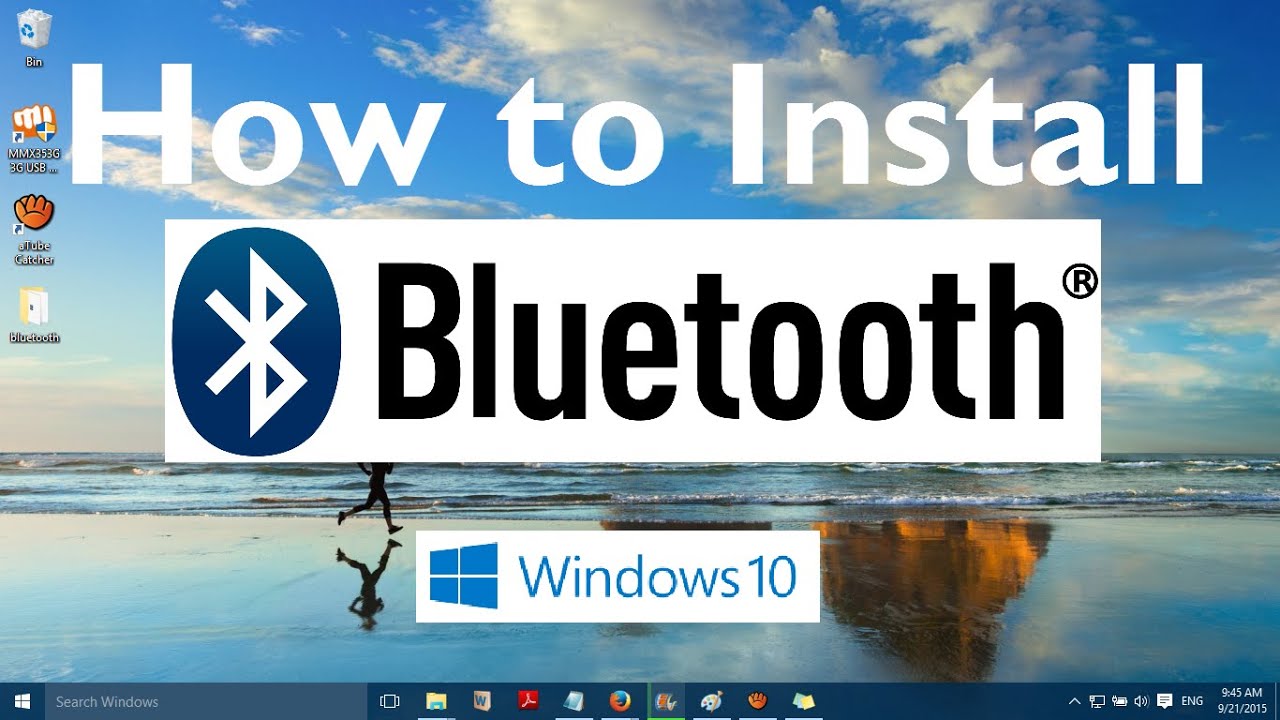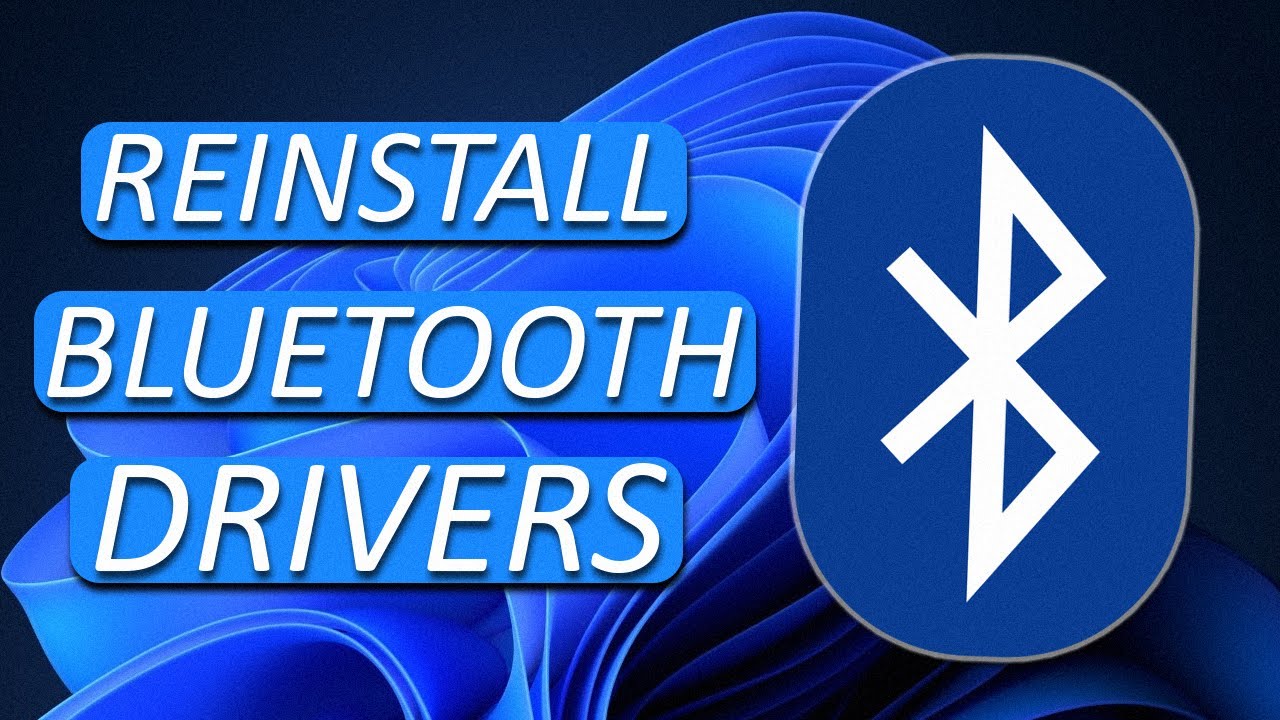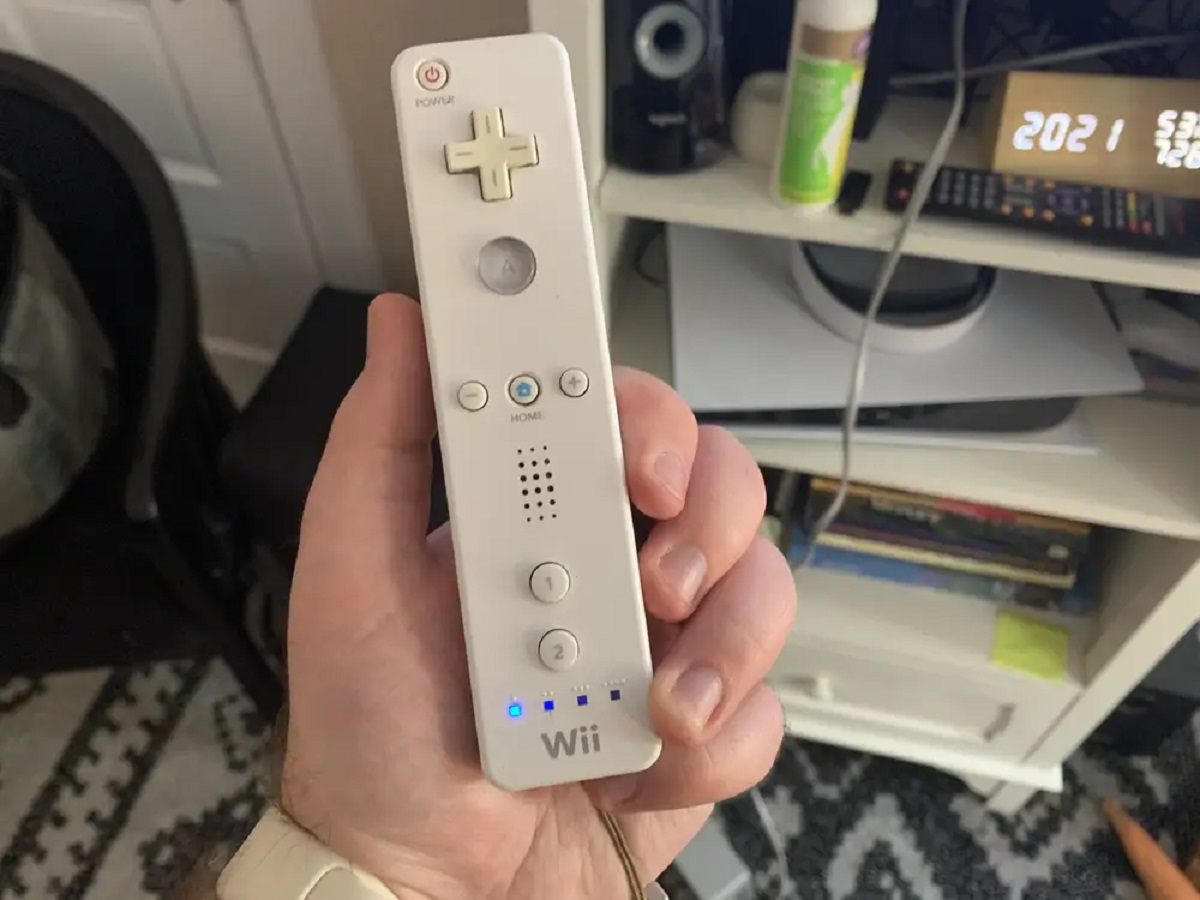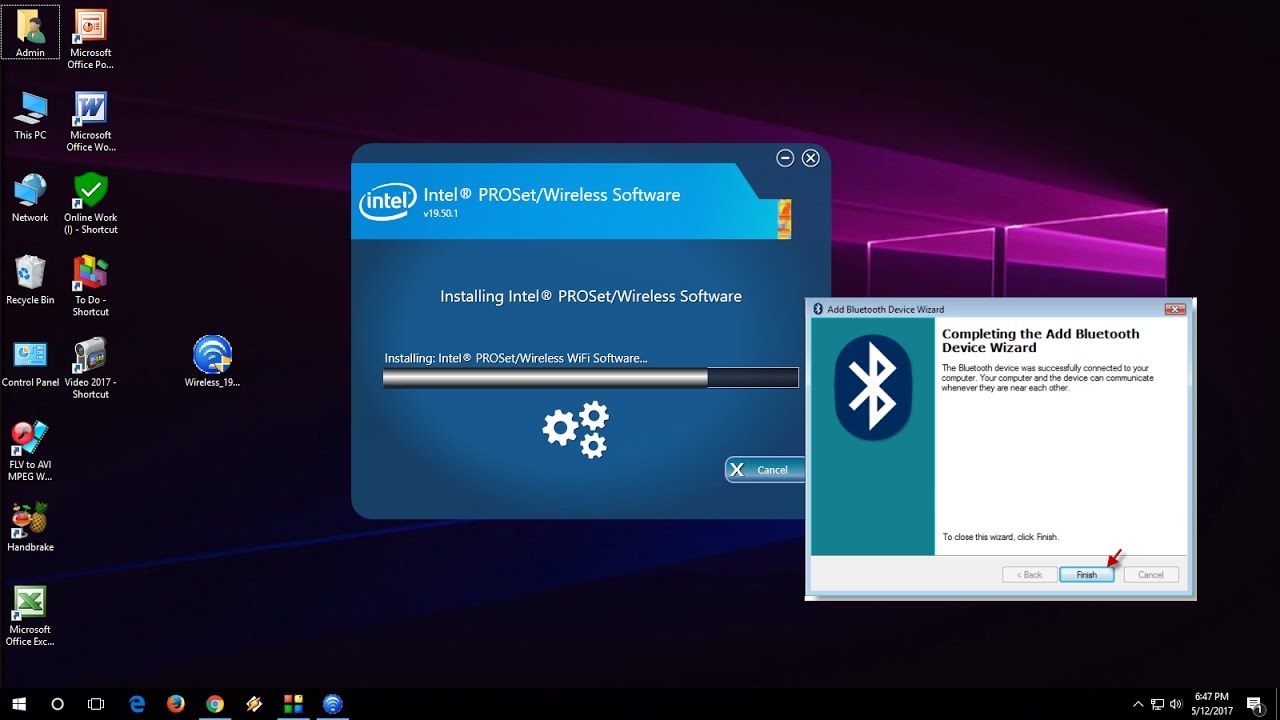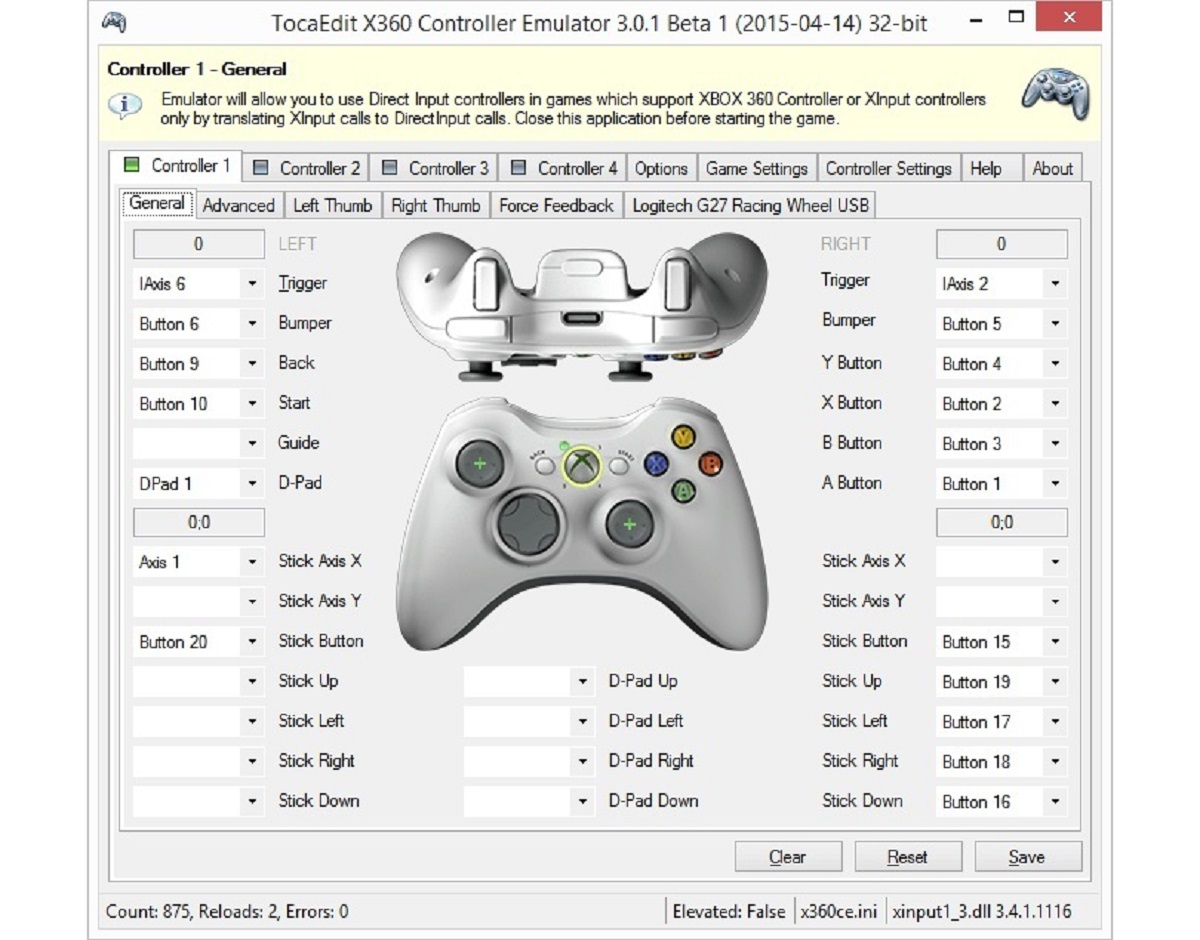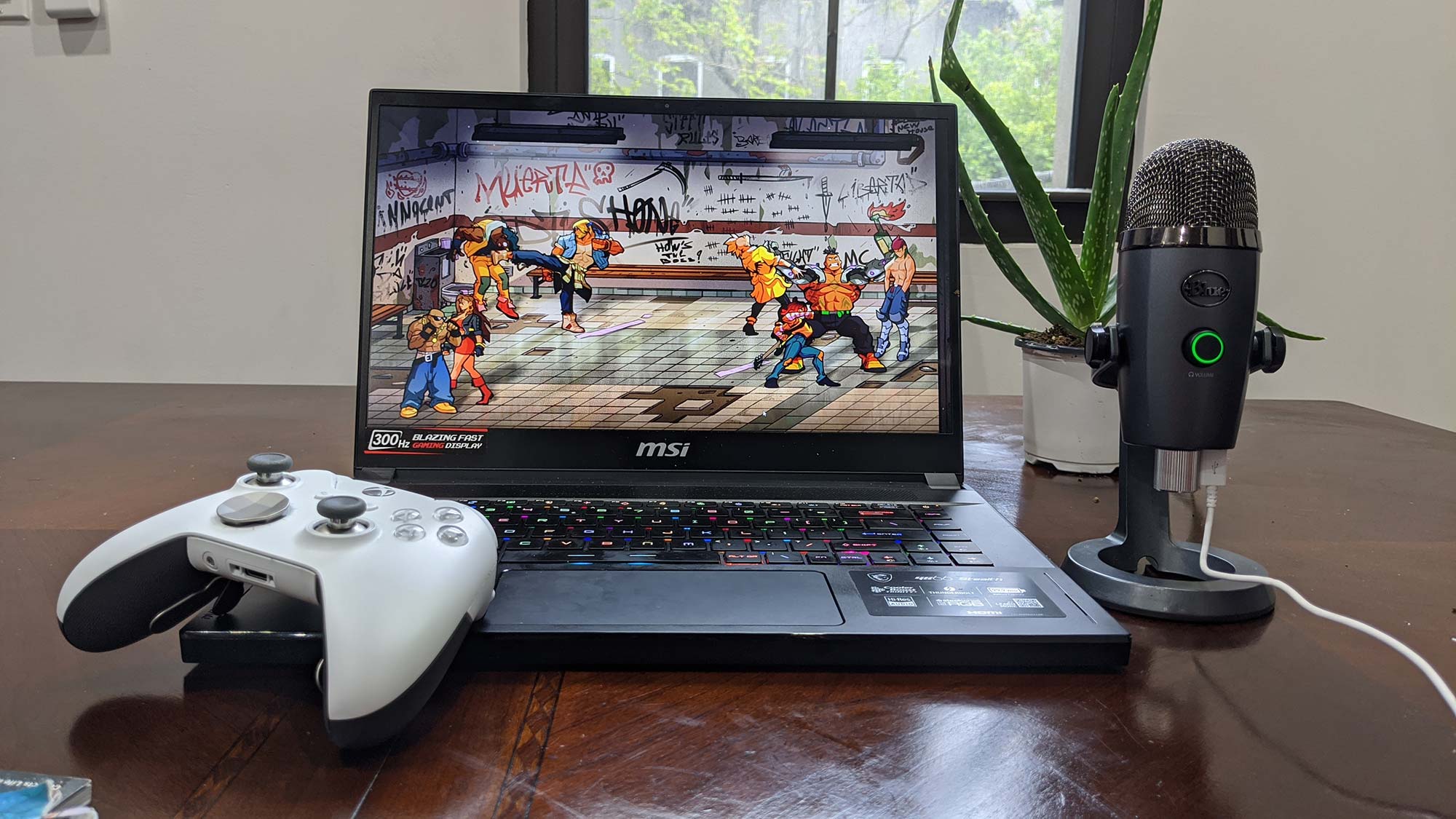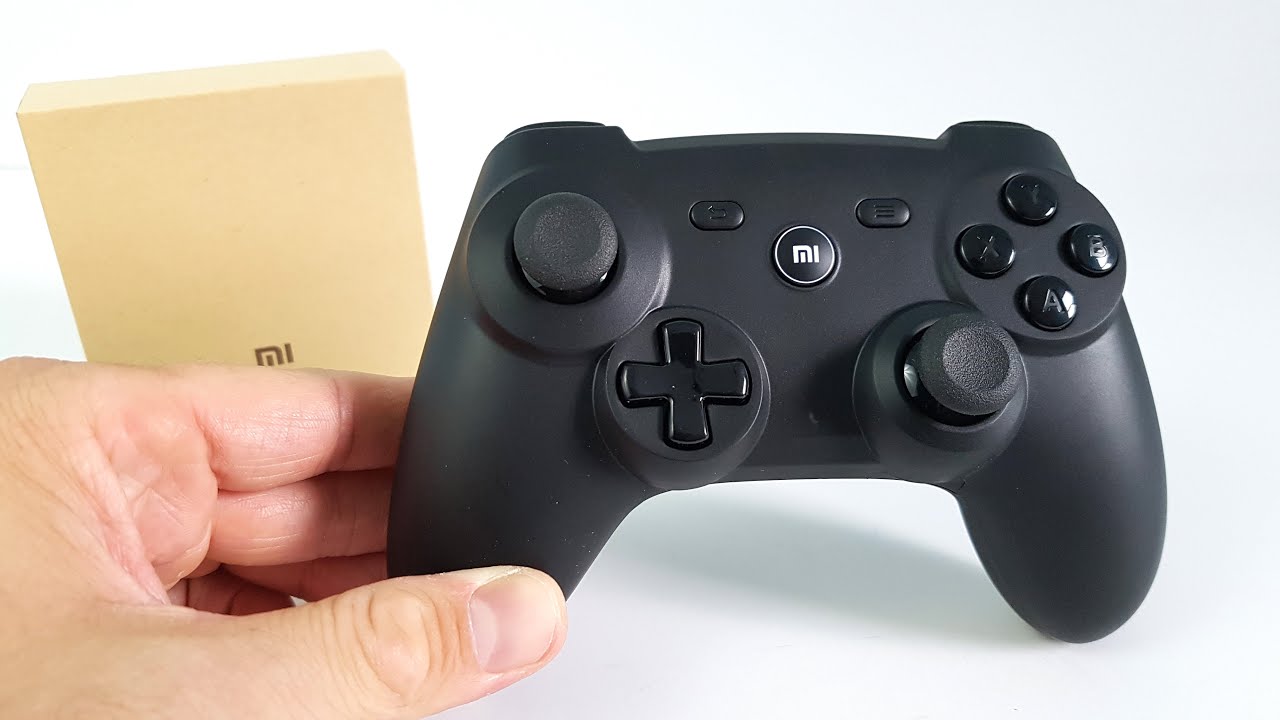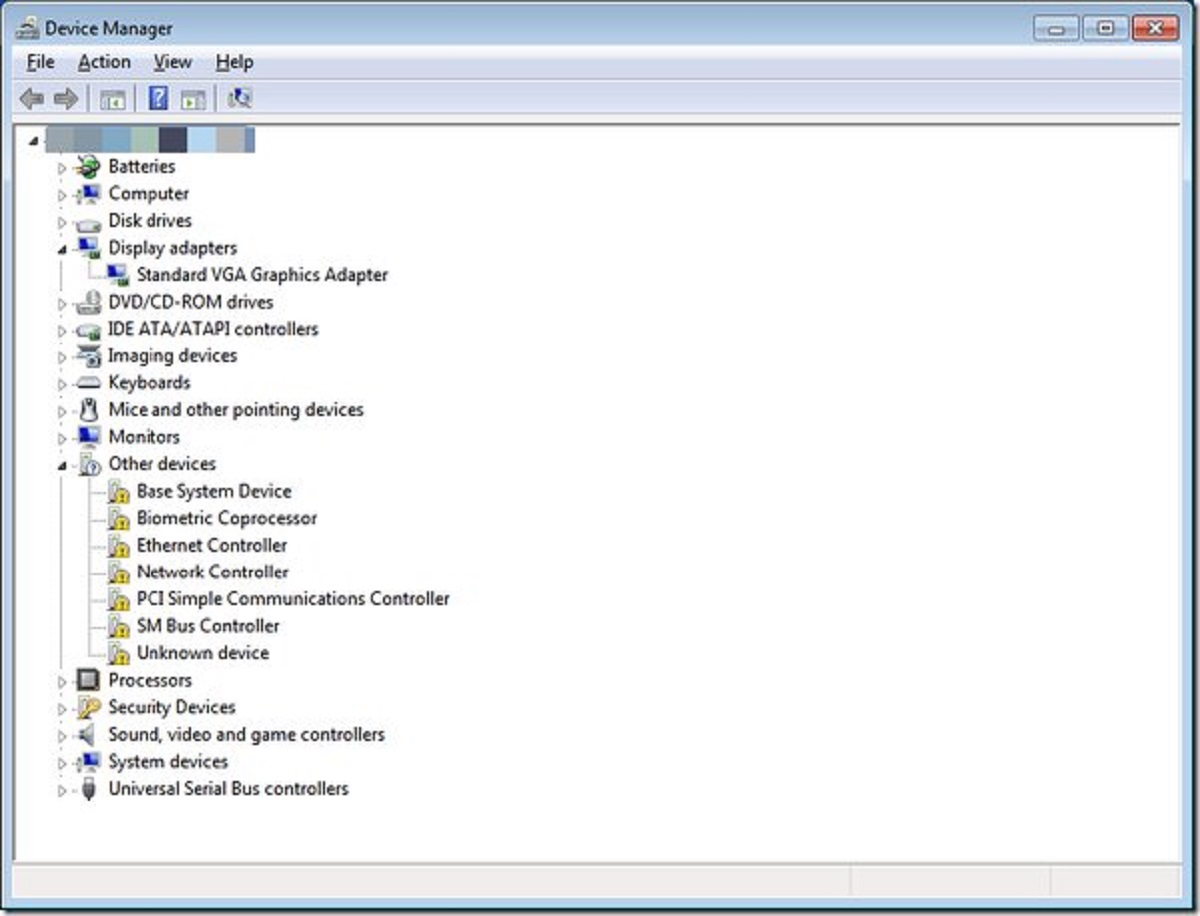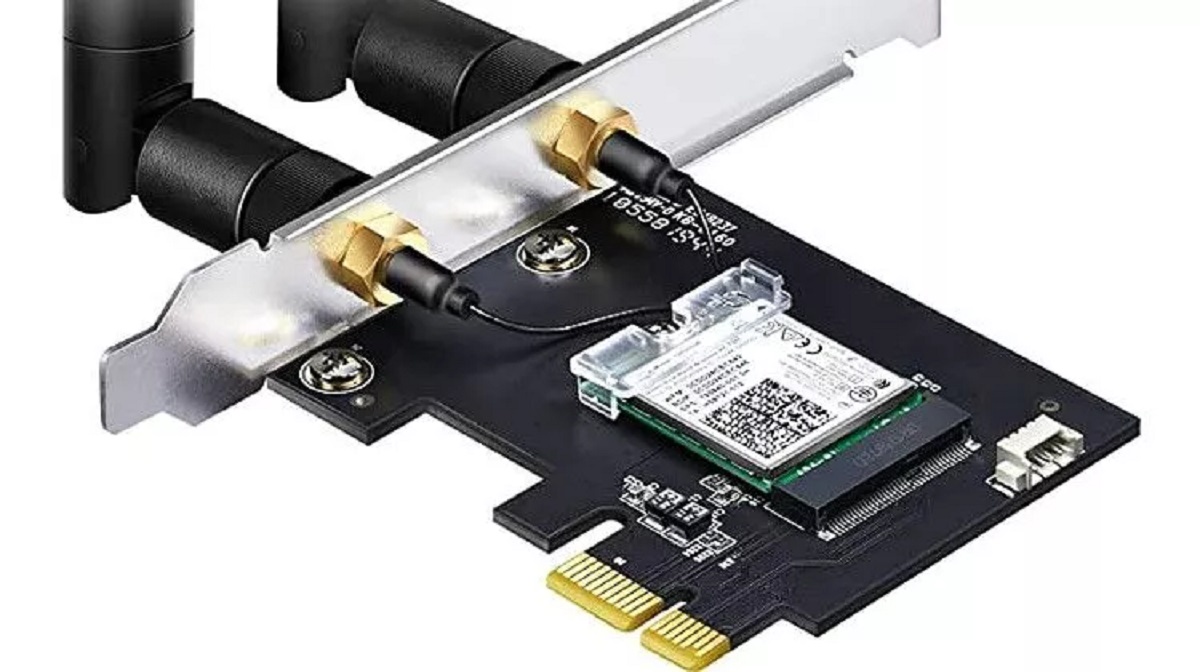Introduction
Welcome to our guide on how to install a Bluetooth driver. Bluetooth technology has become an essential feature on many devices, allowing for convenient wireless communication between devices such as computers, smartphones, and headphones. However, to use Bluetooth on your computer, you may need to install the necessary Bluetooth driver.
A Bluetooth driver is a software program that enables your computer’s operating system to recognize and communicate with Bluetooth devices. Without the appropriate driver, your computer may not be able to connect to or interact with Bluetooth-enabled devices.
In this guide, we will take you through the step-by-step process of installing a Bluetooth driver on your computer. Whether you are using a Windows, Mac, or Linux system, we will provide instructions tailored to your specific operating system.
Please note that the exact steps may vary depending on the make and model of your computer and the version of your operating system. However, the general process remains the same. So, let’s get started and get your computer Bluetooth-ready!
Step 1: Check if your computer has built-in Bluetooth
Before proceeding with the installation of a Bluetooth driver, it’s important to verify whether your computer already has built-in Bluetooth capability. Many modern laptops and desktop computers come equipped with Bluetooth functionality, but it’s always better to double-check to avoid any confusion or unnecessary driver installations.
Here’s how you can check if your computer has built-in Bluetooth:
- For Windows:
- Click on the Start menu and open the Settings app.
- In the Settings window, select the “Devices” option.
- On the left-hand side, click on “Bluetooth & other devices.”
- If Bluetooth is built into your computer, you will see a toggle switch under the “Bluetooth” section.
- For Mac:
- Click on the Apple menu and select “System Preferences.”
- In the System Preferences window, click on “Bluetooth.”
- If Bluetooth is built into your Mac, the Bluetooth preferences window will open, and you will see a message indicating that Bluetooth is on.
- For Linux:
- Open a terminal window.
- Type the command “rfkill list” and press Enter.
- If Bluetooth is built into your system, you will see “Bluetooth” listed in the output of the command.
If you find that your computer already has built-in Bluetooth, you can skip the driver installation process. Simply enable Bluetooth through the appropriate settings on your operating system, and you should be good to go. However, if your computer does not have built-in Bluetooth, proceed to the next step to download the necessary driver.
Step 2: Download the latest Bluetooth driver
If your computer does not have built-in Bluetooth functionality, you will need to download the appropriate Bluetooth driver from the manufacturer’s website. It’s crucial to ensure that you download the correct driver that is compatible with your specific computer model and operating system. Here’s how you can download the latest Bluetooth driver:
- Identify your computer’s make and model:
- For Windows: Right-click on the Start menu, select “System,” and note down the computer’s manufacturer and model information.
- For Mac: Click on the Apple menu, select “About This Mac,” and check the “Overview” tab for the computer’s details.
- For Linux: Open a terminal and type the command “lshw -short” or “sudo dmidecode -t system” to obtain the system information.
- Visit the manufacturer’s website:
- Open a web browser and navigate to the official website of your computer’s manufacturer.
- Look for a “Support,” “Downloads,” or “Drivers” section on the website. It may vary depending on the manufacturer.
- Find the appropriate Bluetooth driver:
- Enter your computer’s make and model information in the search or product support section of the website.
- Look for the Bluetooth driver compatible with your operating system. It may be specified for Windows, Mac, or Linux.
- Download the latest version of the Bluetooth driver onto your computer.
Once the driver has finished downloading, you are ready to proceed to the next step and install it on your computer. Make sure to keep the downloaded file in an easily accessible location on your computer for the installation process.
Step 3: Locate the downloaded driver file
Now that you have downloaded the latest Bluetooth driver for your computer, the next step is to locate the downloaded driver file. By default, most web browsers save downloaded files in the “Downloads” folder on your computer, but it’s always a good idea to double-check the file location. Here’s how you can find the downloaded driver file:
- For Windows:
- Open Windows Explorer by pressing the Windows key + E.
- In the left sidebar, click on the “Downloads” folder under “Quick Access.”
- You should see the downloaded Bluetooth driver file listed.
- For Mac:
- Click on the Finder icon in the Mac Dock.
- In the left sidebar, click on “Downloads.”
- You will find the downloaded Bluetooth driver file in the Downloads folder.
- For Linux:
- Open a file manager application, such as Nautilus or Dolphin.
- Navigate to the “Downloads” folder in your home directory.
- You should be able to locate the downloaded Bluetooth driver file in this folder.
Once you have located the downloaded driver file, make a note of its location or leave the file open in the file explorer for easy access during the installation process. In the next step, we will guide you through the process of installing the driver on your computer.
Step 4: Install the driver on your computer
Now that you have successfully located the downloaded Bluetooth driver file, you can proceed with installing it on your computer. The installation process may vary depending on your operating system. Follow the instructions below based on your computer’s OS:
- For Windows:
- Double-click on the downloaded Bluetooth driver file to start the installation process.
- Follow the on-screen prompts and instructions provided by the installer.
- Read and accept any license agreements or terms of use that may be presented during the installation.
- Once the installation is complete, you may need to restart your computer for the changes to take effect.
- For Mac:
- Double-click on the downloaded Bluetooth driver file to open the installer package.
- Follow the instructions provided by the installer to install the driver.
- Click “Agree” or “Accept” to the license agreement if prompted.
- Once the installation is complete, you may be required to restart your Mac.
- For Linux:
- Open a terminal and navigate to the directory where the Bluetooth driver file is located.
- Run the command “sudo dpkg -i
” to install the driver. Replace with the actual name of the driver file. - Follow the instructions provided by the installer in the terminal.
- After the installation is complete, restart your computer to apply the changes.
Once you have completed the installation process, your computer should now have the necessary Bluetooth driver installed. In the next step, we will guide you on how to test the Bluetooth connection to ensure everything is working correctly.
Step 5: Restart your computer
After installing the Bluetooth driver on your computer, it is recommended to restart your system. Restarting the computer allows the system to apply any changes made during the installation process and ensures that the driver is loaded correctly. Here’s how you can restart your computer:
- For Windows:
- Click on the Start menu in the bottom-left corner of the screen.
- From the Power options, select “Restart.”
- Wait for the computer to shut down and start back up again.
- For Mac:
- Click on the Apple menu in the top-left corner of the screen.
- Choose “Restart” from the drop-down menu.
- Wait for your Mac to shut down and restart.
- For Linux:
- Click on the Power icon in the top-right corner of the screen.
- Select “Restart” from the options.
- Allow the computer to shut down and reboot.
Restarting your computer ensures that the Bluetooth driver is fully initialized and ready for use. Once your computer has restarted, you can proceed to the final step of testing the Bluetooth connection.
Step 6: Test the Bluetooth connection
Now that your computer has restarted, it’s time to test the Bluetooth connection and ensure that everything is working as expected. Follow the steps below to test the Bluetooth connection:
- Enable Bluetooth:
- For Windows: Go to the “Settings” or “Control Panel” and locate the “Bluetooth” option. Toggle the Bluetooth switch to turn it on.
- For Mac: Click on the Apple menu, choose “System Preferences,” and select “Bluetooth.” Check the box to turn on Bluetooth.
- For Linux: Open the Bluetooth settings from the system menu or the desktop environment’s settings. Enable Bluetooth if it isn’t already.
- Put your Bluetooth device in pairing mode:
- Refer to the user manual or manufacturer’s instructions for your Bluetooth device to put it in pairing mode.
- Usually, this involves pressing and holding a specific button or combination of buttons on the device.
- The device should enter a pairing mode where it becomes discoverable for the computer.
- Pair the Bluetooth device with your computer:
- On your computer, search for Bluetooth devices by clicking on the appropriate button or option in the Bluetooth settings.
- Wait for your computer to detect the Bluetooth device you are trying to pair.
- Select the Bluetooth device from the list of available devices.
- Follow any on-screen prompts to complete the pairing process.
- Test the Bluetooth connection:
- Once the pairing process is complete, you can test the Bluetooth connection by performing a simple task, such as transferring a file or playing audio through a Bluetooth speaker.
- If the Bluetooth connection works and the device functions as expected, then congratulations, the driver installation and setup were successful!
- If you encounter any issues or the Bluetooth connection doesn’t work, double-check that you have followed all the steps correctly and ensure that both the computer and the Bluetooth device are within range of each other.
By successfully testing the Bluetooth connection, you can now enjoy the convenience of wireless communication between your computer and compatible Bluetooth devices.
Conclusion
Congratulations! You have successfully installed a Bluetooth driver on your computer. Bluetooth technology has become an integral part of our daily lives, enabling seamless wireless connectivity between devices. With the right driver in place, you can now enjoy the benefits of connecting and interacting with Bluetooth-enabled devices on your computer.
In this guide, we walked you through the step-by-step process of installing a Bluetooth driver. We started by checking if your computer already had built-in Bluetooth functionality. If not, we guided you on how to download the latest Bluetooth driver from the manufacturer’s website. Then, we walked you through locating the downloaded driver file and installing it on your computer. After restarting your computer, we concluded the process by testing the Bluetooth connection to ensure everything was working as expected.
Remember, the exact steps may vary depending on your specific operating system and computer model. It’s always important to refer to the manufacturer’s instructions and documentation for accurate information.
Now that you have learned how to install a Bluetooth driver, you can enjoy the convenience of wirelessly connecting and using Bluetooth devices with your computer. Whether it’s connecting wireless headphones, transferring files, or using Bluetooth keyboards and mice, the possibilities are endless.
Thank you for following along with this guide. If you have any questions or encounter any issues during the process, don’t hesitate to seek further assistance from the manufacturer’s support or online communities dedicated to your specific operating system. Happy Bluetooth connectivity!







